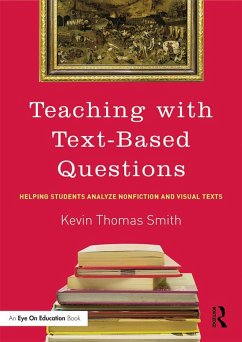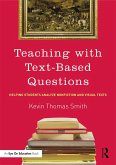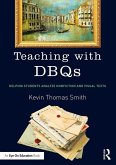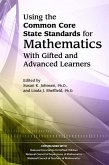Help your students navigate complex texts in history/social studies and English language arts! This book shows you how to use a key tool-text-based questions-to build students' literacy and critical thinking skills and meet the Common Core State Standards. You'll learn how to ask text-based questions about different types of nonfiction and visual texts, including primary and secondary sources, maps, charts, and paintings. You'll also get ideas for teaching students to examine point of view, write analytical responses, compare texts, cite textual evidence, and pose their own high-level questions. The book is filled with examples that you can use immediately or modify as needed. Each chapter ends with a reflection section to help you adapt the ideas to your own classroom. What's Inside:Helpful information on teaching different types of nonfiction texts, including literary nonfiction, informational texts, primary and secondary sources, and visual texts Ideas for locating primary sourcesQuestions students should ask about every textTechniques for soliciting higher-order questions from studentsWays to get students to think critically about the relationships between textsStrategies to help students integrate information from different types of sources, a skill that will help students respond to performance tasks on the PARCC and SBAC assessments and DBQs on AP exams Tips for teaching students to write good responses to text-based questions, including how to cite sources and incorporate point of viewIdeas for using rubrics and peer grading to evaluate students' responses Connections to the informational reading standards of the Common Core State Standards for English Language Arts for grades 3-12 and of the Common Core State Standards for Literacy in History/Social Studies, Science, and Technical Subjects
Dieser Download kann aus rechtlichen Gründen nur mit Rechnungsadresse in A, B, BG, CY, CZ, D, DK, EW, E, FIN, F, GR, HR, H, IRL, I, LT, L, LR, M, NL, PL, P, R, S, SLO, SK ausgeliefert werden.









